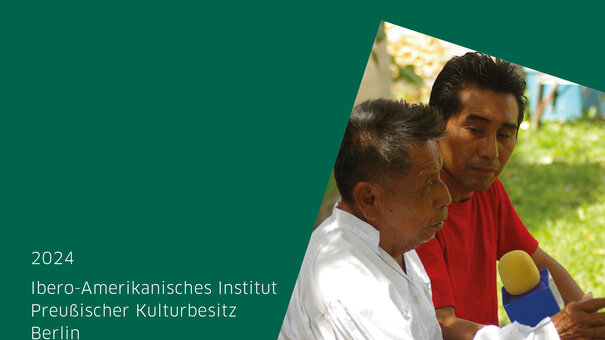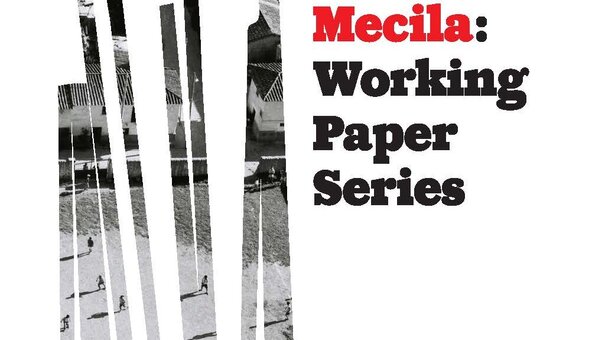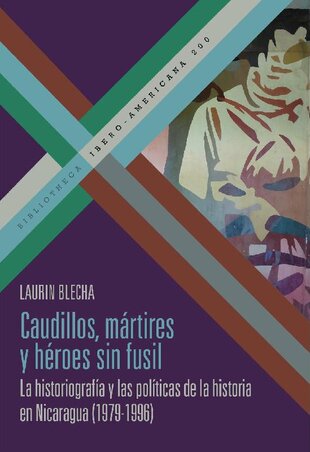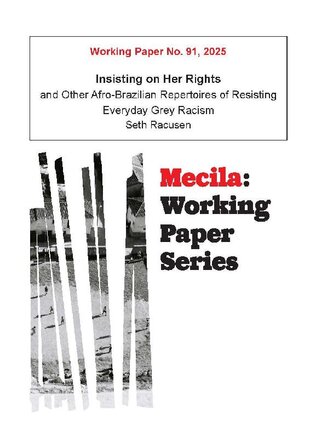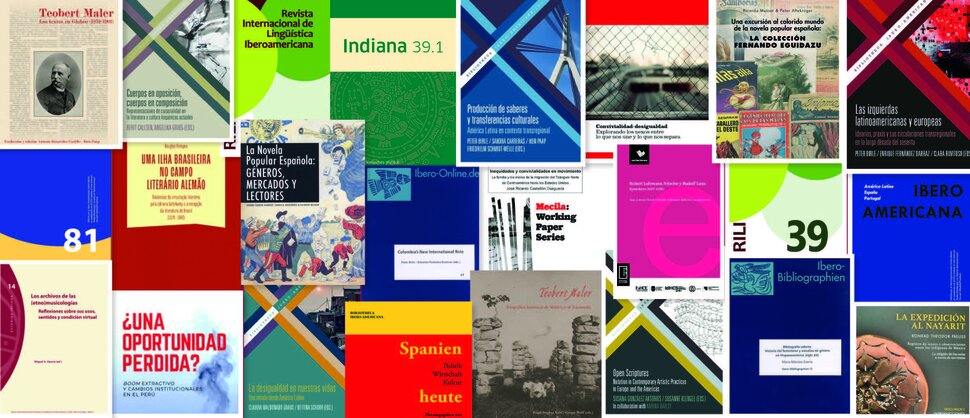Publicaciones
El Ibero-Amerikanisches Institut (IAI) dispone de un programa de publicaciones diverso en alemán, español, portugués e inglés. Este programa se nutre principalmente de las actividades de investigación del Instituto, de los eventos científicos realizados en el IAI, de las estancias de investigador@s visitantes, así como de la colaboración con universidades e instituciones de investigación y culturales, tanto nacionales como internacionales. El programa incluye revistas científicas, colecciones de libros, coediciones, catálogos de exposiciones y las series de Working Papers.
En nuestro folleto de publicaciones (PDF, 4,18 MB) (abre una nueva ventana), (este archivo no es accesible) le informamos sobre nuestras novedades (2022-2024) y sobre todas las publicaciones desde la fundación del instituto.
Nuestras publicaciones
Revistas
Programa de publicaciones
Programa de publicaciones
Nuestro programa sigue un enfoque internacional, multidisciplinario y multilingüe. Se orienta por estándares de aseguramiento de calidad establecidos internacionalmente.
Entre estos se incluyen, por ejemplo, procesos de revisión por pares doble ciego (double-blind peer review), comités editoriales con representación internacional, evaluaciones periódicas y la inclusión de las revistas del IAI en importantes índices internacionales.
Convencido de que la diversidad en la producción de conocimiento también incluye la diversidad lingüística, el IAI renuncia deliberadamente a una estrategia de “english only” (“solo en inglés”).
Open Access
El IAI sigue, siempre que sea posible, una estrategia de Acceso Libre y Abierto (Free and Open Access).
En el servidor de publicaciones del IAI (enlace externo, abre una nueva ventana), ponemos a disposición para descarga gratuita gran parte de los libros y revistas publicados desde la fundación del Instituto en 1930.
Las revistas "IBEROAMERICANA. América Latina - España - Portugal" (enlace externo, abre una nueva ventana) e “INDIANA. Estudios Antropológicos sobre América Latina y el Caribe” (enlace externo, abre una nueva ventana) se publican en Open Access al mismo tiempo que la versión impresa.

